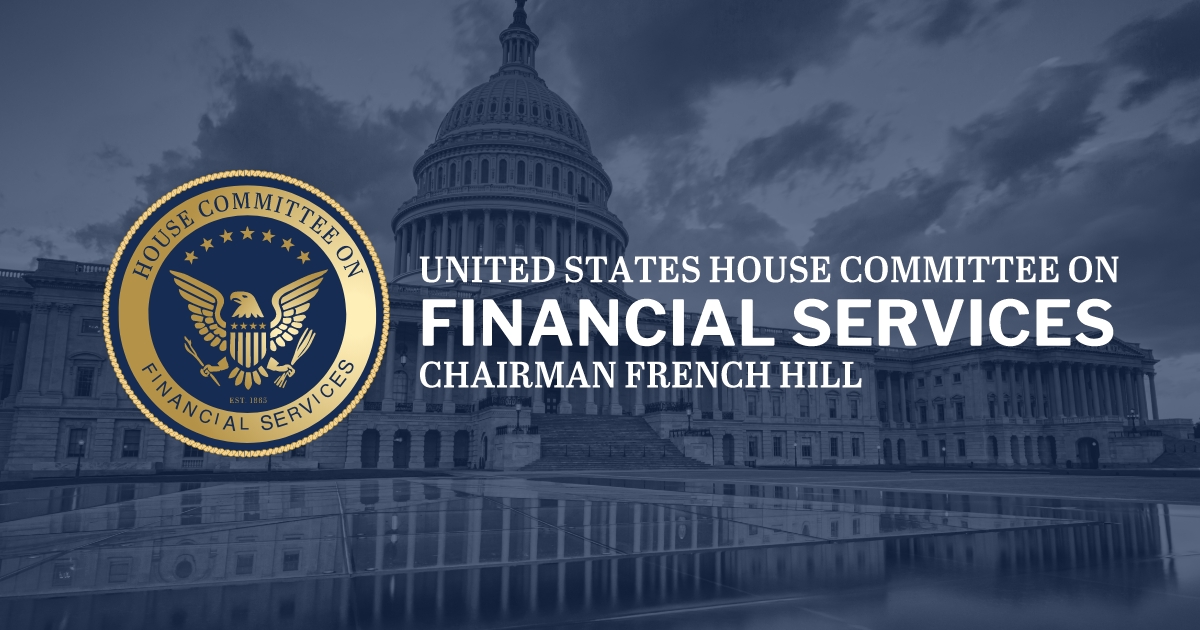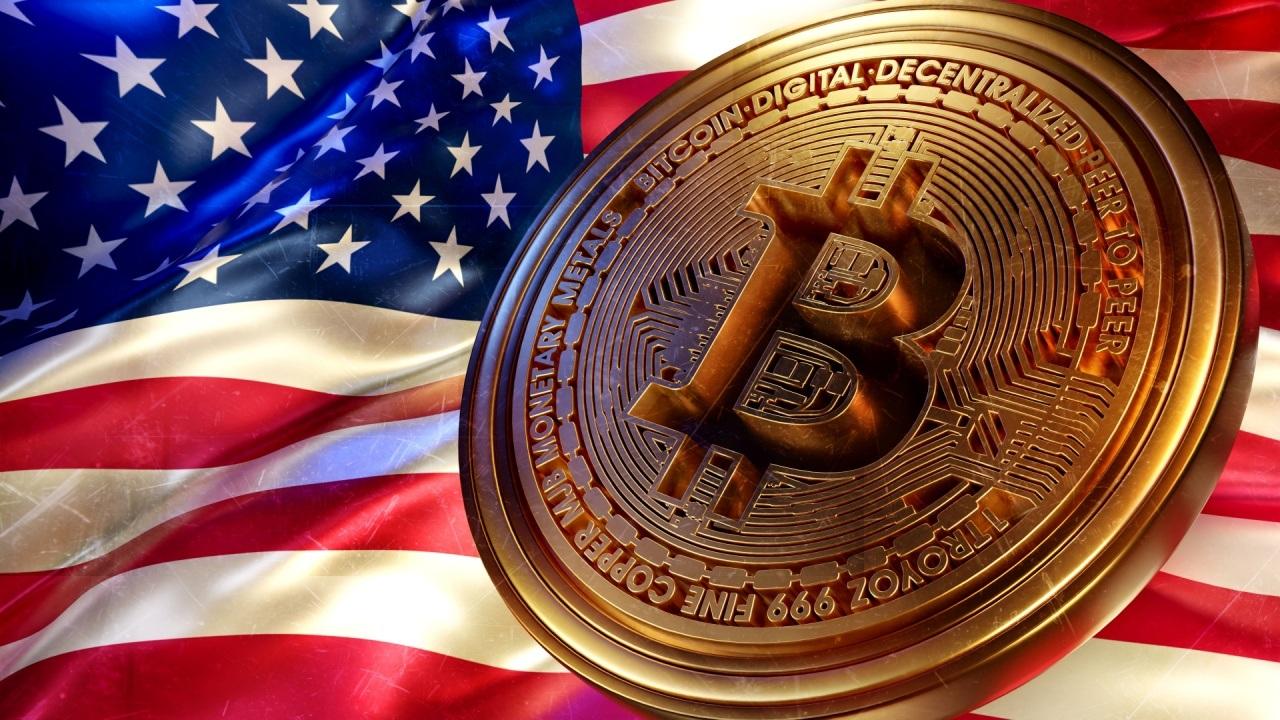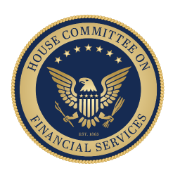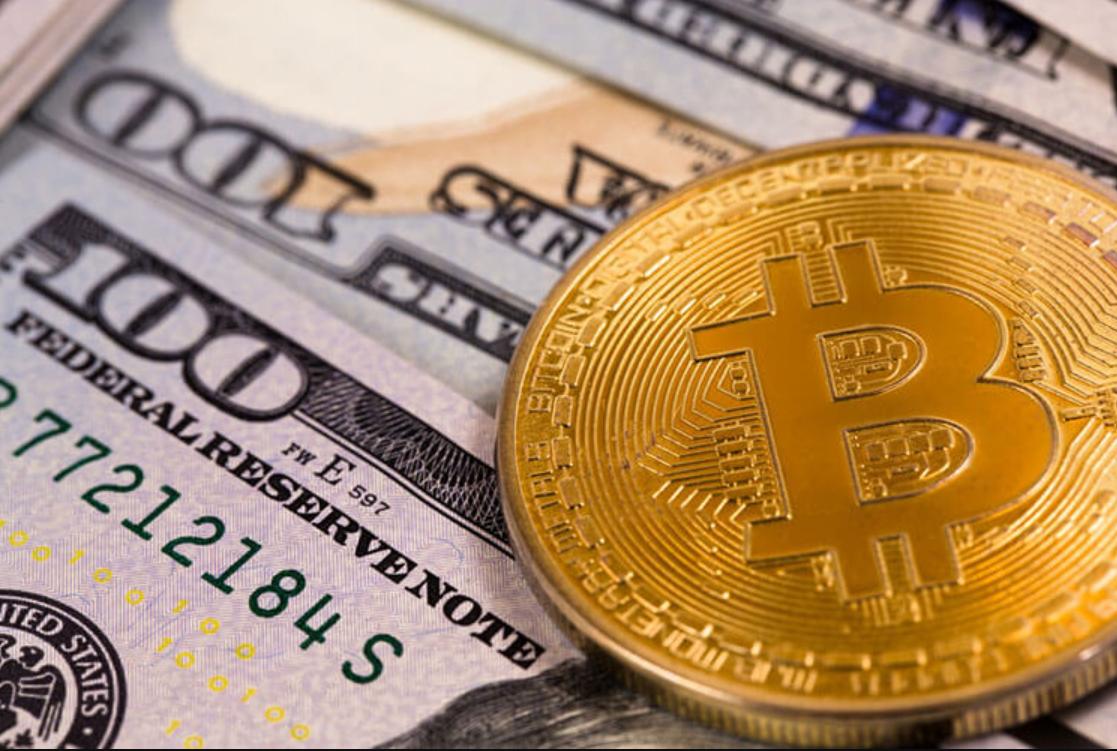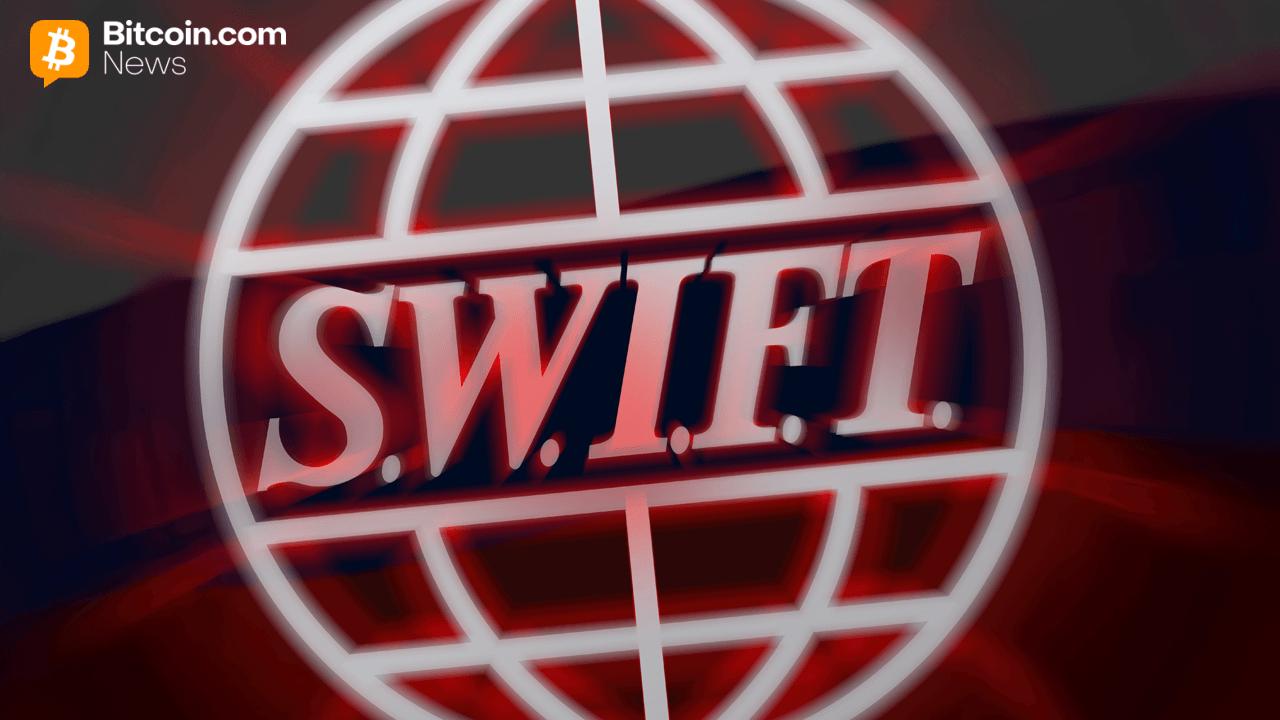The U.S. Paves the Way for Digital Asset Innovation
The U.S. Paves the Way for Digital Asset Innovation: GENIUS and CLARITY Acts
The landscape of digital asset regulation in the United States is experiencing a seismic shift with the GENIUS Act and the passage of the CLARITY Act through the House of Representatives. These legislative moves signify a departure from the previously uncertain environment, setting the stage for a regulatory framework that supports innovation and consumer protection. The United States now stands at the threshold of a digital asset transformation that could reshape the global financial ecosystem.
International Insights and Global Digital Asset Developments
Across Latin America, digital assets are being woven into the fabric of the economy, presenting vibrant and unique use cases that highlight the region's innovation and adaptability. In 2022, digital asset markets in Latin America were valued at an impressive $415 billion, with a noteworthy 46% of investments being directed towards U.S. dollar-denominated stablecoins. This demonstrates how digital assets are satisfying the demand for economic resilience in regions where traditional financial systems face pressure.
Argentina is taking the lead in embracing digital assets as a form of inflation-resistant value storage. With the Milei Administration paving the way for a formal regulatory framework, Argentina is positioning itself as a digital asset pioneer, utilizing stablecoins as a guard against economic instability.
Paraguay, blessed with rich hydropower resources, has become a hub for Bitcoin mining. The country's abundant energy supply fuels this innovative industry, further establishing its place in the digital asset domain and demonstrating how natural resources can support technological advancement.
Mexico is actively advancing its fintech and digital asset oversight activities, known for strong consumer demand. This effort fosters innovation while ensuring that consumer protection remains at the forefront of its digital asset market strategy.
Peru has integrated digital asset exchanges into its anti-money laundering and counter-terrorist financing regimes. Furthermore, plans are underway to weave digital assets into the national tax framework, showcasing Peru's proactive approach to the digital economy.
Learning from the European Union's MiCA Regulation
The European Union has emerged as a leader in crafting a coherent and comprehensive regulation framework for digital assets called Markets in Crypto-Assets (MiCA). Passed into law in 2023, MiCA establishes a unified regulatory approach for the digital asset sector across the entire EU, setting the standard for e-money tokens, asset-referenced tokens, service providers, and stablecoin issuers.
By working in tandem with the European Securities and Markets Authority and the European Banking Authority, MiCA ensures harmonization in digital asset regulation among EU member states. This cooperative effort helps avoid regulatory fragmentation, a pitfall that could hinder market growth and integration. The EU experience highlights the importance of balanced implementation to foster an ecosystem where innovation thrives without overshadowing smaller firms.
During discussions with both regulators and digital asset firms in Europe, it became evident that implementation plays a critical role in creating a functional framework. The challenge lies in crafting regulations that foster innovation without sidelining smaller, more agile firms in favor of their larger counterparts. This balance is essential to prevent the stifling of creativity and dynamism in the digital asset ecosystem.
The GENIUS and CLARITY Acts: A New Dawn for American Innovation
The GENIUS Act, signed into law by President Trump in July 2025, marks a critical point in establishing payment stablecoin issuance rules. This act represents a giant leap towards a modern, digital payments system in the United States. However, it is only the beginning of a comprehensive transformation that will reshape America's digital financial landscape.
The CLARITY Act represents another significant milestone, passed with substantial bipartisan support through the House of Representatives, advocating for a full-fledged market structure. The overwhelming bipartisan support behind this legislation sends a clear message that the race is on to align with global peers and establish America as a leader in digital finance innovation.
These compelling examples from around the world illustrate how digital assets can be harnessed for inflation resilience, low-cost money transfers, and broader financial inclusion. As the global community watches, international markets provide valuable lessons that underscore the necessity for regulatory structures that support innovation while safeguarding the interests of users and the market alike.
The U.S. Balancing Act: Innovation Meets Protection
The urgency for the United States to cement a market structure that embraces innovation without stifling the creative potential of small innovators cannot be overstated. Despite housing deep liquidity, established exchanges, and major digital asset firms, the absence of a complete regulatory framework has been a significant stumbling block in maintaining competitive advantage.
By embracing these legislative changes and learning from international experiences, the United States can harness its substantial market infrastructure while avoiding the risk of losing ground to the swift advances in Latin America and the harmonized framework in Europe. The stakes have never been higher, and the opportunity for American leadership in the digital asset space presents itself at this critical juncture.
As global players advance their digital asset markets with diverse yet effective strategies, the pressure mounts for the United States to establish a comprehensive market structure that facilitates growth while safeguarding stakeholders. The clock is undoubtedly ticking, and this moment represents both unprecedented opportunity and the potential for transformative change in the global financial landscape. The fascinating shift in America's stance towards digital asset market structure legislation positions the nation as a potential leader in the digital finance revolution that is reshaping economies worldwide.
